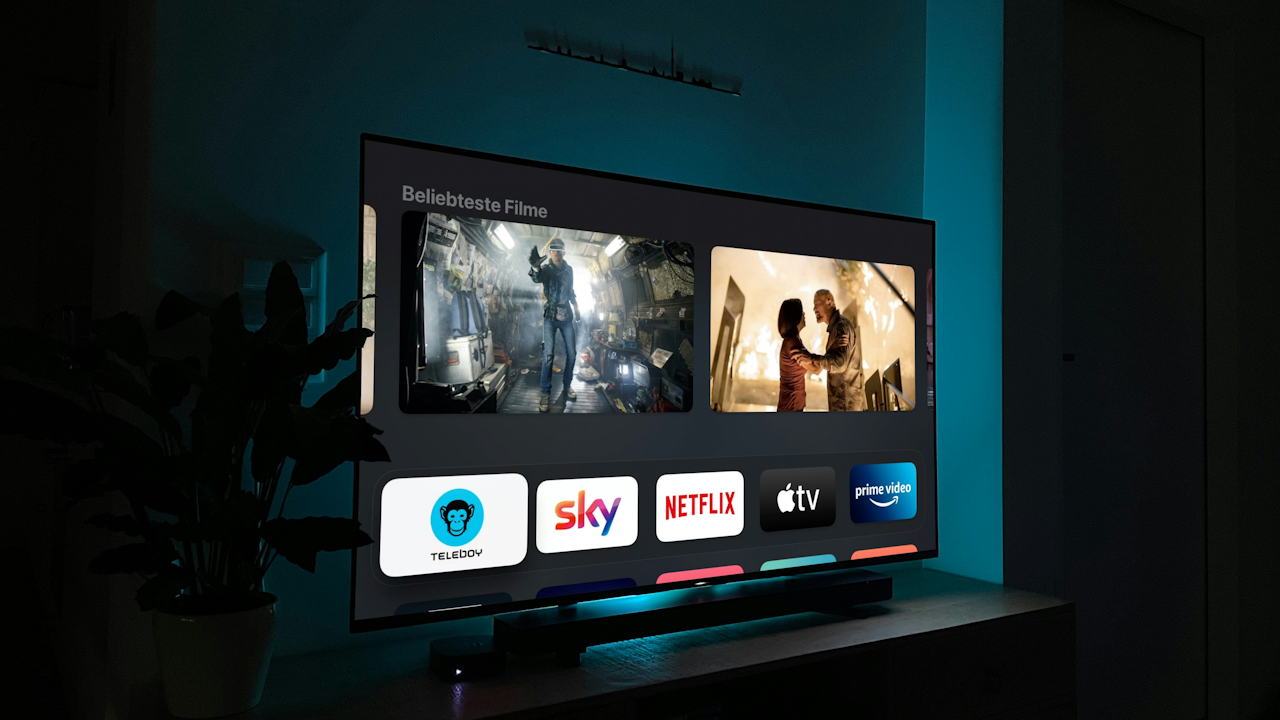The advent and rapid proliferation of streaming platforms have fundamentally reshaped the landscape of political communication, profoundly influencing how political narratives are constructed, disseminated, and consumed. Moving far beyond their initial role as mere entertainment providers, these platforms have emerged as significant arenas for political discourse, posing both opportunities and challenges for democratic processes.
One of the most striking transformations brought about by streaming is the disintermediation of political messaging. Traditionally, political narratives were largely curated and filtered by established media gatekeepers such as television networks and newspapers. Streaming platforms, particularly those with live broadcasting capabilities like Twitch or YouTube, allow politicians, pundits, and activists to connect directly with audiences, bypassing these traditional intermediaries. This direct access can foster a sense of authenticity and intimacy, as content creators can engage in real time with viewers through chat functions, Q&A sessions, and personalized appeals. For politicians, this means a reduced reliance on often scrutinizing news cycles and an ability to control their message with greater autonomy. For audiences, it offers “unedited, unfiltered, and uninterrupted” content, providing a front row seat to political events and debates.
However, this disintermediation also carries significant implications. The absence of traditional journalistic filters can lead to the proliferation of unverified information, misinformation, and even disinformation. Without the rigorous fact-checking and editorial oversight often present in legacy media, audiences are increasingly responsible for discerning the veracity of the content they consume. This places a greater burden on individual media literacy and critical thinking skills.
Another key influence is the democratization of content creation and distribution. Anyone with an internet connection and a camera can become a political commentator, a citizen journalist, or a political influencer. This has given rise to diverse voices and perspectives that might otherwise struggle to gain traction in mainstream media. Grassroots movements, niche political ideologies, and marginalized communities can find platforms to amplify their messages and mobilize support. This decentralization of content production can foster greater civic engagement and provide avenues for alternative political commentary and activism to flourish.
Consider the rise of political streamers like Hasan Piker on Twitch, who leverage the platform’s interactive nature to discuss political issues, mobilize support for progressive causes, and challenge established media narratives. This phenomenon underscores how entertainment-oriented platforms are increasingly becoming spaces for serious political engagement, particularly among younger demographics who may consume less traditional news.
The algorithmic nature of streaming platforms also plays a crucial role in shaping political narratives. These algorithms are designed to maximize user engagement, often by recommending content similar to what a user has already consumed. While this can lead to personalized and relevant content experiences, it also raises concerns about the creation of “filter bubbles” and “echo chambers.” Within these digital enclosures, individuals may primarily encounter information and perspectives that reinforce their existing beliefs, limiting their exposure to diverse viewpoints and potentially contributing to political polarization. While research on the exact causal effects of algorithmic recommendations on polarization is ongoing and complex, it is widely acknowledged that these systems can amplify divisive content and create an environment where like-minded individuals are more likely to encounter only affirming information.
Furthermore, streaming platforms facilitate new forms of political participation and mobilization. Beyond simply consuming content, viewers can actively engage with political narratives through live chats, donations, and sharing content. This real-time interaction can foster a sense of community among like-minded individuals and facilitate collective action. Political campaigns have recognized this potential, utilizing live streams for fundraising, virtual rallies, and direct voter outreach. The ability to instantly react and communicate with streamers and other viewers creates a dynamic and immersive political experience that differs significantly from passive consumption of traditional media.
However, this increased engagement can also be a double-edged sword. The anonymity and immediacy of online interactions can sometimes lead to toxic discourse, harassment, and the spread of inflammatory content. Maintaining civil and productive political debate in these highly interactive environments remains a significant challenge for platform operators and users alike.
In conclusion, streaming platforms have irrevocably altered the landscape of political narratives. They have empowered direct communication, democratized content creation, and fostered new modes of political engagement. Yet, these advancements come with inherent risks, including the potential for misinformation, algorithmic reinforcement of biases, and the exacerbation of political polarization. As streaming continues to evolve, understanding its complex influence on political discourse will be paramount for safeguarding democratic values and promoting a well-informed citizenry. The ongoing interplay between technological affordances, user behavior, and platform governance will continue to shape the future of political communication in the digital age.

